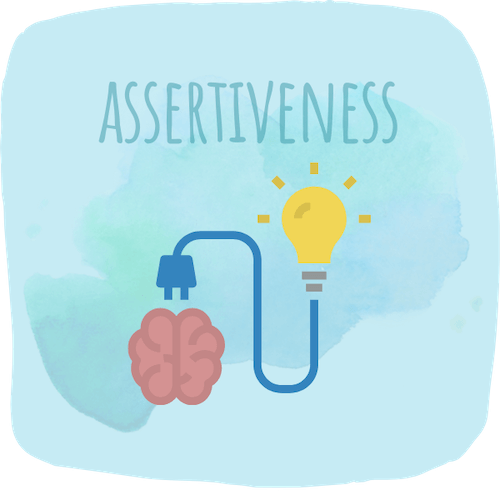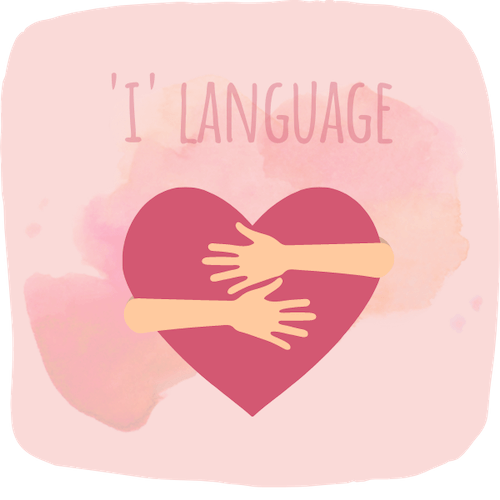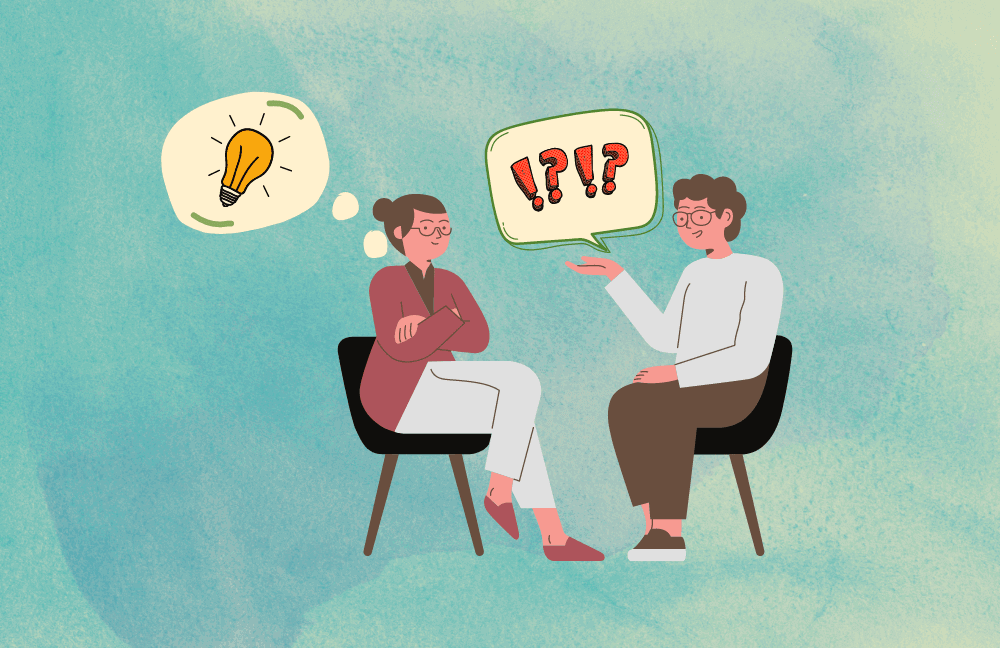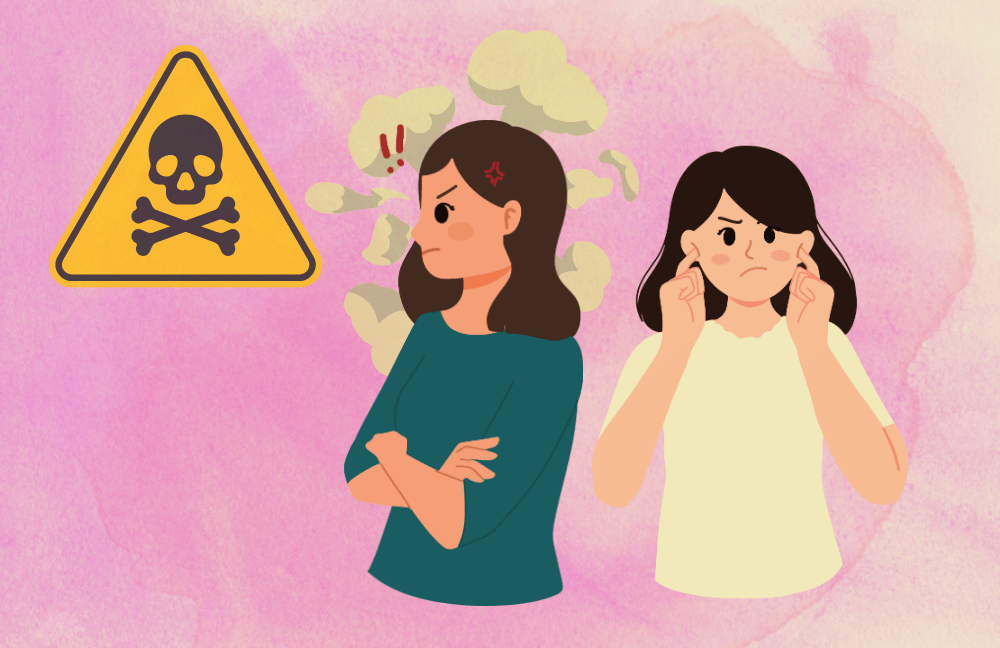Communication in Relationships
What is Relationship Communication?
Communication is a way to relay intent to someone else. We mistake it for sharing information; but the truth is that in a relational perspective, it is about articulating a goal unique to that couple at that moment. When one partner wants to convey an intent, he or she must convert it into a message and then send it through verbal (words, sounds) or non-verbal (gesture, look or action) means.
The recipient must not only receive the message, but also interpret it appropriately in order to grasp its right meaning. All of this seems so simple, and yet so much can go wrong in so many steps of this unassuming, yet complicated process. Communication and collaboration are the glue that holds relationships together. And poor communication is also a virus that can plague the relationship irreparably.
In romantic relationships, the perception of spoken and heard words is different from that with other people. In a committed relationship the basic assumption stands, that neither of the partners want to hurt or disrespect the other. This prediction cannot always be made with the rest of the world. Because romantic relationships are grounded in utmost trust, the vulnerability also becomes greater. But if the trust is robust enough, one can reveal anything about oneself including fears, shortcomings and failures, without worrying that this will be used against them in any situation or time. Trust and vulnerability are hence the basic tenets of communication in relationships.

Is Communication That Important?
Research confirms that intimate bonds stay strong as long as couples are able to conserve their sensitivity towards each other. This is what compatibility is all about. And this cannot happen without meaningful interaction. The social exchange theory elucidates that negative communication leads to more distress and less relationship satisfaction, while positive communication predicts higher relationship wellness.
Stress in relationships is imminent. There are bound to be conflicting goals, motives and preferences among couples. Most frequently these include unmet expectations, intimacy, time spent together, finances, inconsistencies in equity and power, home and family responsibilities, jealousy, bad habits, friendships, holidays, child rearing, in-law issues and so many more. Unresolved conflict leads to stress, and the stress associated with such skirmishes can put even the most satisfying relationship at risk. Undeniably, knowing how to communicate while resolving disagreements is one of the most pressing problems couples face. That is why communicating rightly is very important to sustain the relationship and keep it flourishing.
How Do Couples Communicate?
Direct Opposition
Indirect Opposition
Indirect Collaboration
Direct Collaboration
This is truly a mature collaboration with reasoning and negotiation. It works on democratic principles wherein the couple discusses the problem, seeks solutions, pursues alternatives, and generates resolutions after meaningful discussions. The stance here is of cooperation.
What Communication Helps Resolve Conflict?
Direct collaboration exposes the actual issues that need resolution. This feeds on the couple’s willingness to resolve disparities from the root so that they don’t surface again. At least not in the same intensity. It works if both partners adopt the same solution-oriented stance. Direct opposition although intimidating and confrontational, can also be beneficial if couples diagnose the problem and resolve the discrepancy with mature and respectful discussion. But this unfortunately backfires if emotions take precedence over logic and no common ground is attainable.
Indirect communication reflects shrewd and scheming motivations. Maybe some individuals do not get logical messages loud and clear so their partners use indirect opposition to induce guilt and lessen the insecurity. Indirect collaboration on the other hand has more virtues. It softens the aggressive stance as couples do make compromises for each other, that’s what stands a romantic relationship apart from other transactional connections. Overall, indirect communication does not guarantee resolution of the problem, even though it reduces the partners’ emotional reactivity during the course of the conflict.
How Can Couples Communicate Effectively?
Good communication is about listening empathically and expressing responsibly so that the intent is received without distortion and the message exchange is maintained. Couples should want to talk to each other and express how they feel. Unhappy couples are unsure about the cause effect relationship between their discontentment and the way they communicate. Many feel they are stressed about their negative conversations while others feel their exchanges are poor because of relationship distress in the first place. Couples must be willing to be actively engage with each other and balance their vulnerability and trust, so that their connection and communication with each other is solid as rock and conflict resolution becomes easy.
Communication Building Process by Dr Shefali
Different varieties of couple’s therapies are designed to examine and teach couple specific positive communication strategies. In order to shape new communication, we start by exploring the impact of the current communication on the partner (contingency-shaped strategy) or give guidelines on established generalities (rule-governed strategies). Couples are coaxed to record communication interactions and these are analyzed and discussed. Faulty styles can be unlearned, and useful styles can be taught and learned. Some of these include listening skills, assertiveness training, ‘I’ language, trust building, vulnerability management and anger processing. Though the road is arduous, the destination of a joyous and fulling relationship is worth it.
Therapy is for everyone because no relationship is free from stress, uncertainty and insecurity. As a psychiatrist as well as psychotherapist practicing diverse therapies, Dr Shefali guides you through cognitive, mindfulness and neurobehavioral milestones to help you think, feel, behave, and communicate more emotively with your partner. When you engage in your own wellness, perform the behavioral homework, and monitor yourself, you are empowered to battle any negative interaction. You learn how to reflect on your actions, and switch from an automatic mode, to a mindful approach. In time you develop mature and responsive communication. And this reflects in a confident, optimistic and wholesome relationship.
In a tete-e-tete with The Lifestyle Journalist, Dr Shefali Batra spoke on the style, benefits and application of Relationship Therapy.




References
- Haris, Farah & Kumar, Aneesh., (2018). Marital Satisfaction and Communication Skills among Married Couples. Indian journal of social research. 59.
- Overall, N. C., & McNulty, J. K. (2017). What Type of Communication during Conflict is Beneficial for Intimate Relationships? Current opinion in psychology, 13, 1–5.
- Baucom, K. J., Baucom, B. R., & Christensen, A. (2015). Changes in dyadic communication during and after integrative and traditional behavioral couple therapy. Behaviour research and therapy, 65, 18–28.
Latest Posts

7 Reasons Why You Should Seek Therapy

5 Signs you have no work life balance

Work and Life: What is the right balance?

7 Questions About Workplace Stress Answered


